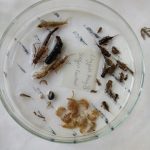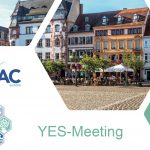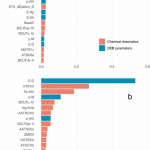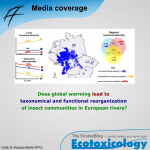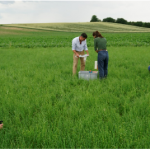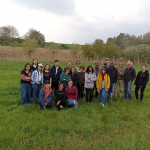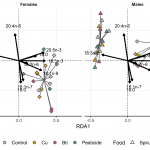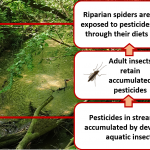In this blogpost, Danisa Lione shares his internship experience at the Basque Country University in Bilbao, Spain. Students of the Environmental Pollution Management (Ecotoxicology) Program complete an 8-week internship each year, the so-called “AMEO”. The AMEO is performed either at an external university, governmental or industrial research institute where students learn to apply the competences achieved during their study. Students also use this opportunity to travel and explore not only Germany, but also other countries.
Continue readingAMEO experience: Basque Country University in Bilbao, Spain – Danisa Lione (2023)
